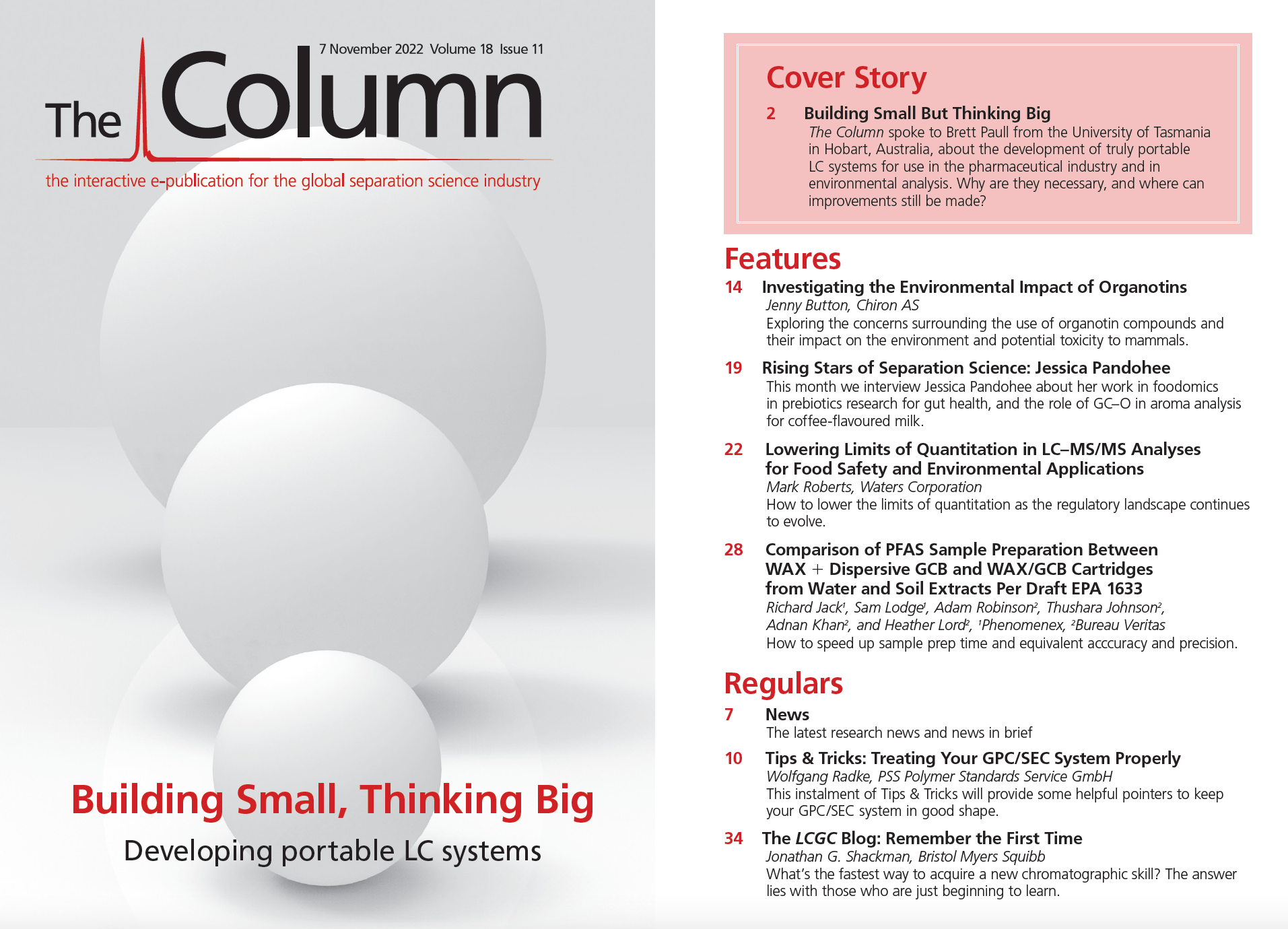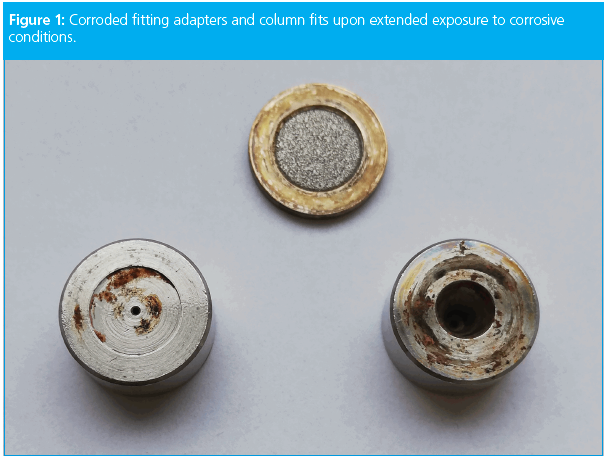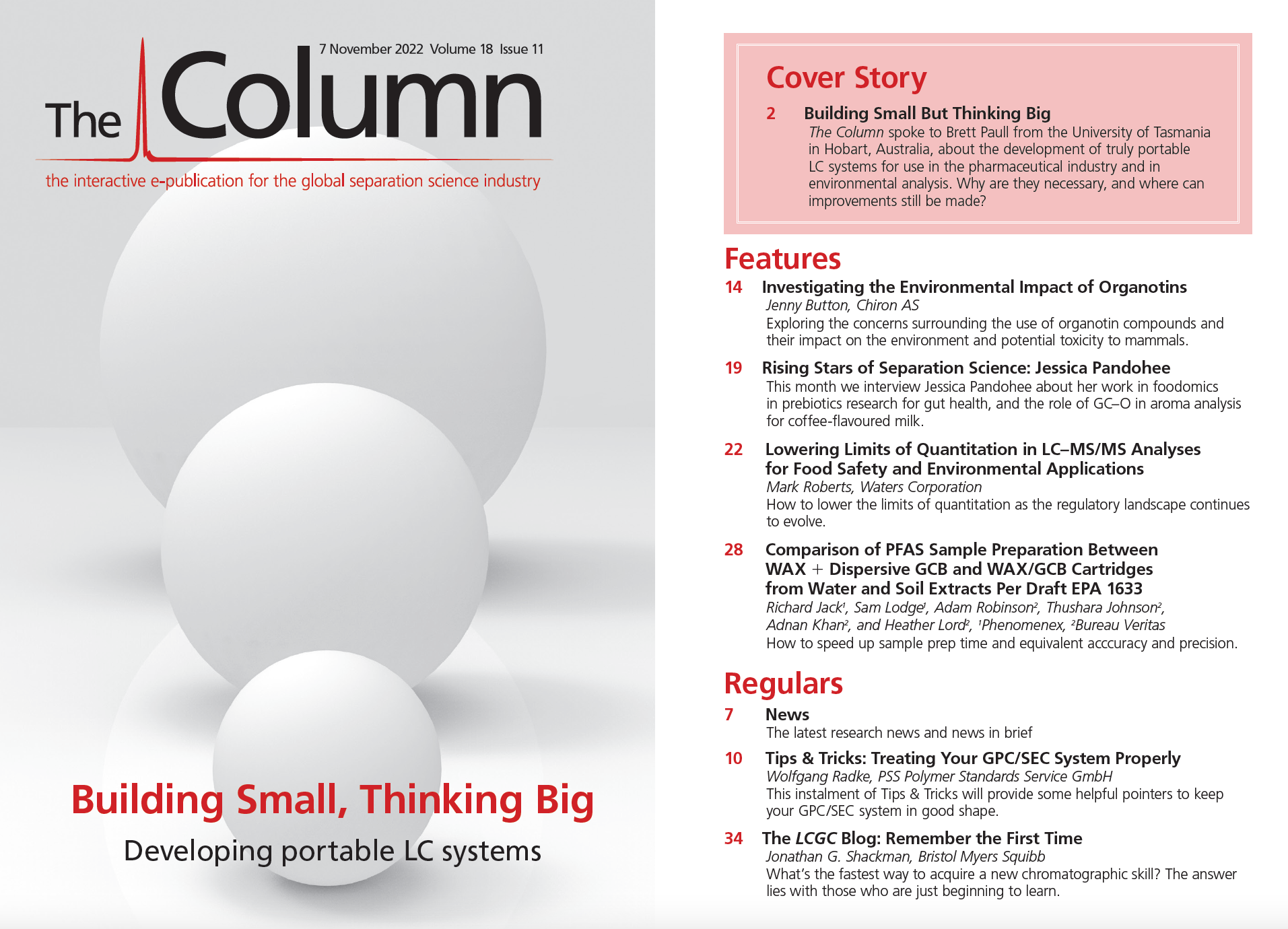Markes International Celebrates Silver Jubilee
Markes International (Bridgend, UK) has celebrated its silver anniversary with 25 years since its founding in 1997.
Markes International (Bridgend, UK) has celebrated its silver anniversary with 25 years since its founding in 1997. Since that time the company has grown to operate globally through an international network of distributors and its own technical centres in the USA, China, and Germany.
The company was founded by Elizabeth Woolfenden and Alun Cole specifically to develop more efficient thermal desorption (TD) instruments than those available at the time. Thanks to its trap-based focusing technology and associated patents, Markes is still one of the world’s foremost manufacturers in its field, and its instruments, along with the company itself, have won numerous awards over the years, including three separate Queen’s Awards: two for International Trade in 2015 and 2019, as well as one for Innovation in 2019.
To celebrate its 25 successful years, the company laid on a day of social activities for all staff in its UK headquarters. “It was fitting to share the company’s landmark achievement with all staff, and as a team, we are all very much looking forward to the next 25 years ahead,” said Markes’ co-founder Alun Cole.
“When we founded the company in 1997, we had no doubts it would be a success because we knew that the technology we were developing was going to be ground-breaking in the world of analytical instrumentation. Needless to say, we’re delighted that 25 years later, we’re not only still leading the field in terms of innovation but also continuing to thrive and grow,” continued Cole.
From the LCGC team, we would like to congratulate Markes International on 25 successful years and wish them all the best in the next!

Analysis of PFAS in Milk by LC-MS/MS
May 15th 2025Dairy milk is one commodity that can be impacted by environmental contaminants, such as PFAS, so it is important to implement extensive, robust, and accurate testing. In this work, a sensitive and reliable method was developed for the analysis of PFAS in milk by LC-MS/MS at levels as low as 0.01 µg/kg.

.png&w=3840&q=75)

.png&w=3840&q=75)



.png&w=3840&q=75)



.png&w=3840&q=75)

















